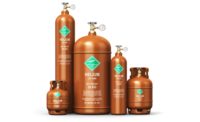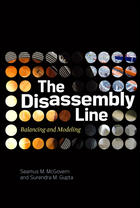
I have to admit, when I was making plans to attend the annual NCSL conference in Washington, D.C., I was not expecting an earth-shaking experience, but that is exactly what I got. On August 23, a magnitude 5.9 earthquake hit the east coast of the United States and when it was all said and done it wasn’t only the host of equipment on display at the Gaylord National Convention Center that needed recalibration, but also my equilibrium.
The good news is that little damage was done, few were injured and I left the conference with some valuable information and the beginnings of new relationships within the industry. However, as I arrived home, the news was of a very large hurricane moving up the Atlantic Ocean.
CNN immediately turned its attention to 24-hour coverage of Hurricane Irene, lines began to form at the local gas stations and supermarket shelves became bereft of milk and bread. Said supermarkets also prominently displayed pallets of bottled water at its entrances and throughout the store. I don’t want to make light of the situation as I have personally experienced few hurricanes and only one earthquake, but whether it is advantage-taking marketing on the part of the markets or an attempt to grab ratings by CNN, the above are all fairly predictable reactions to a potential eminent crisis.
And this is a good thing. Predictability means reliability and reliability, particularly when talking about natural disasters, can save lives. And non-destructive technology plays an important role in this reliability.
Imagine the greater confidence and success of a firefighter when his tank will not fail on the 30th floor of a building fire, the ability of an EMT to resuscitate a heart-attack victim with a properly functioning defibrillator or the ability of a bridge to withstand tremendous storm surge allowing people to escape a life-threatening storm, all because the tank, defibrillator and bridge were tested for potential defects using non-destructive technology.
Find out more about the role non-destructive technology can play in this month’s NDT Magazine features, including “Is It Bonded?” by Tom Adams. See what’s new in remote visual inspection in Sean O’Connor’s “Advances in RVI” and read about some of what lab service providers can offer to a manufacturing operation in Mike Forbes article, “Sorting and Containment Services Using Radiography.”
As always, enjoy and thanks for reading!



